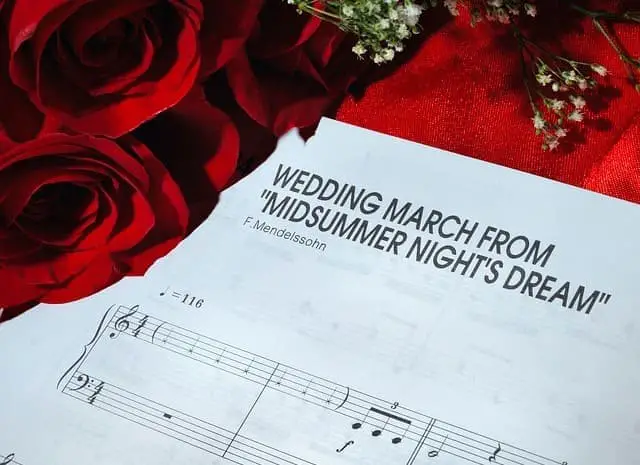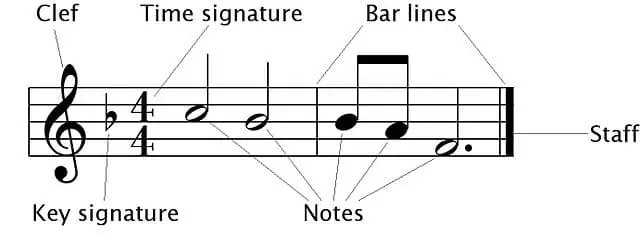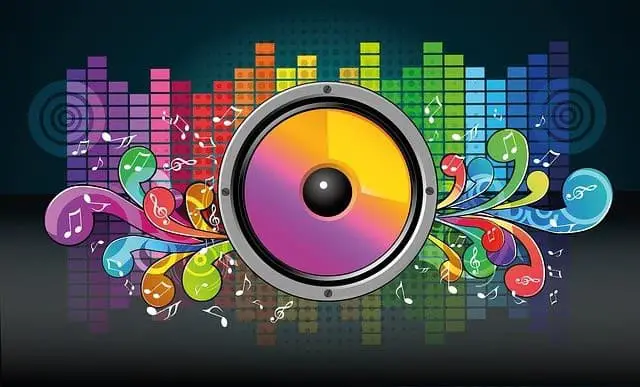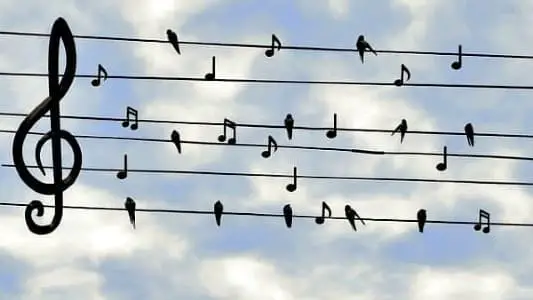- Home
- Basic Piano Theory
- Time Signatures
Time Signatures for Beginners
This article may contain compensated links. Please read the disclosure for more info.
What are Time signatures?
A time signature is the two fractional numbers written at the beginning of a musical staff, right after the key signature. In this music theory lesson, you'll learn about the why and the how and get a free Time Signatures Practice Worksheet PDF for Beginners!
Time Signatures
It may seem that these two little numbers are not important enough to pay any real attention to before you start practicing your piano sheet music. But actually, they give us quite a lot of information that is especially important to know before you start learning a piece, or practicing sight reading music!
First of all, the top number of the time signature tells how many beats there are per measure. Why is this good to know? Well, the number of beats (organized in groups/measures) tells you something about the style of the piece.

Musical Beat

Every musical composition you listen to has some form of underlying music beat or pulse. Sometimes the underlying musical beat is obvious. For example, a rap or a rock piece.
The music beat is heavy and pronounced in these styles of music. It's easy to move or dance to, and the underlying music beats are often organized in groups of four beats per measure, or the 4/4 time signature.

Sometimes it is vaguer and floating... like in Clair De Lune by Debussy. The pulse is there, but it is changing, moving, and not so obvious.
Whereas a march is meant to.... march to! (Duh..) And unless you have three legs : ) the beat is felt in groups of two; Right, left.
Musical Meter
So, music comes in different styles and has different purposes (listen to, dance to, march to, etc.).
The most fundamental difference is the music beat, and how these beats are organized into groups.
The organization of music beats in groups is called The Musical Meter. The time signature tells us all this in only two numbers at the beginning of the staff!
What Do The Numbers Mean?

What the Time Signature Tells Us
The time signature shows us this at the beginning of the staff:
- The Meter or how the beats are organized in groups (top number),
- What note value is worth one beat (bottom number).
Understanding the time signature helps us not only to count the music but gives us an idea about the style of music as well.
So, if the top number tells us how many beats there are in each group or measure, what about the bottom number?
When we learn to read music, we learn that bar lines divide the music staff into «compartments» called measures or bars.
Since each measure represents the grouping of the beats in the piece, all rhythms have to add up to the correct number of music beats (top number) for each group/measure.
But to do that, you need to know what note is worth one beat.
As with fractions, the bottom number represents what we count. In music, it is the particular note value that is «worth» one beat.
 Some of the most common time signatures.
Some of the most common time signatures.This is important to know to read the music notes. A number 4 means that the quarter note (or crotchet) is worth one beat, for example.
We also need to understand that on one beat there could alternatively be two eight notes (quavers), four sixteenth notes (semiquavers), or any combination of note values, adding up to the same value as the quarter note. (This is what creates the rhythm of the piece.)
So, if the bottom number is a 4, it means a quarter/crotchet is worth one beat.
What about other numbers? The most common are:
- The bottom number 8 means an eighth note is now worth one beat. (For example the time signature 6/8)
- The bottom number 16 indicates a 16th note is worth one beat. (For example in 12/16)
- The bottom number 2 tells us a half note is worth one beat. (For example the time signature 2/2)
Time Signatures for Beginners PDF Worksheet!
Need a little practice and to test your skills? Here is a printable PDF with time signature for beginners. Have fun!
Time Signature Practice for Beginners.
(The PDF opens in a new window)
Recommended Resources
- How to Read Music in 30 Days: Music Theory for Beginners
- Sight Reading and Rhythm Every Day
- Learning to Read Music
- Alfred's Essential Music Theory





